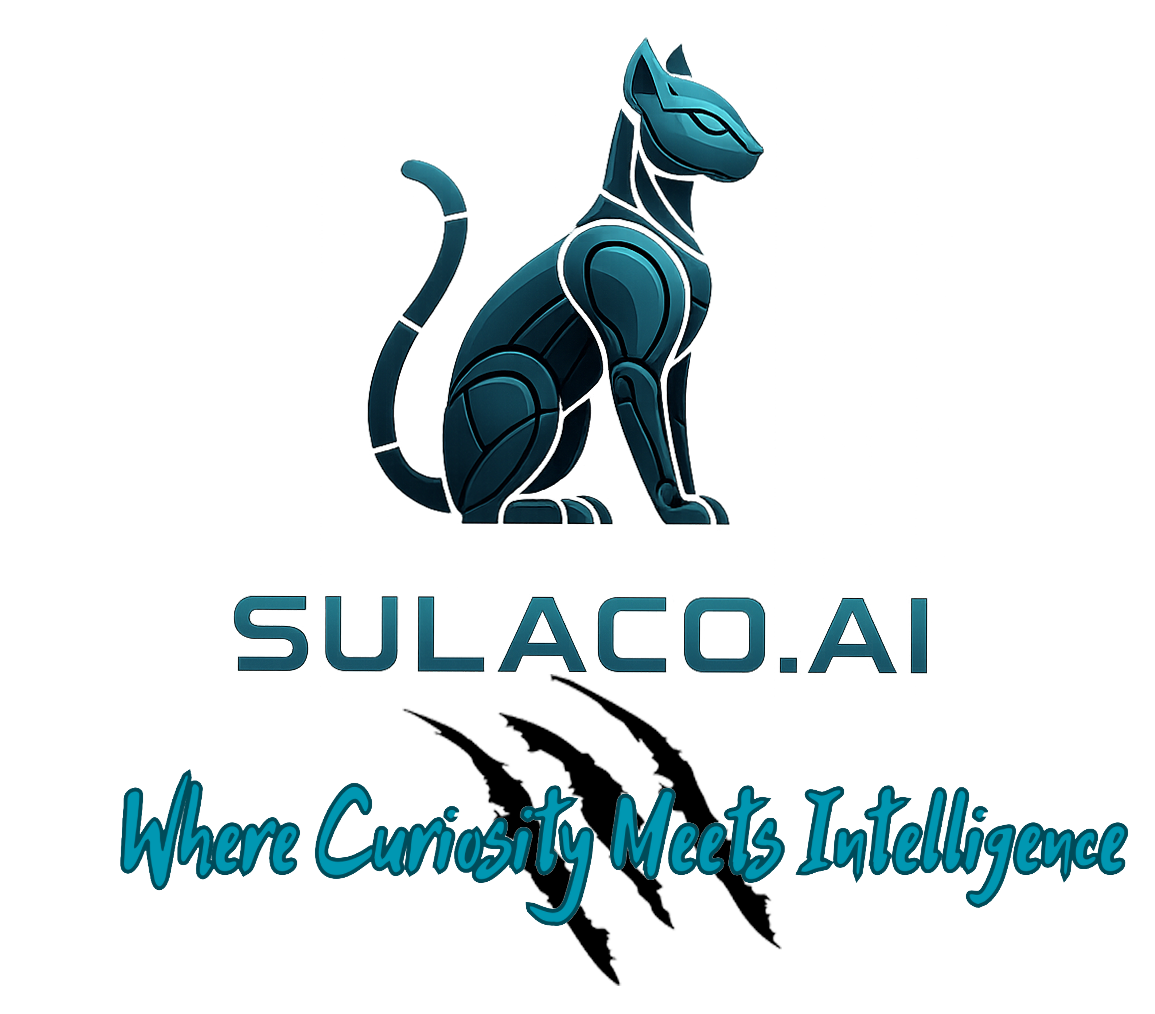Getting Started with AI Automation
A comprehensive guide to implementing AI automation in your business, from workflow analysis to ROI measurement
Workflow Analysis & Optimization
Understanding Your Current State
Before implementing AI automation, it's crucial to thoroughly understand your existing workflows. This analysis forms the foundation for successful automation initiatives and helps identify the highest-impact opportunities.
Key Assessment Areas
Automation Readiness Criteria
Pro Tip: The 80/20 Rule
Focus on the 20% of processes that consume 80% of your team's time. These high-impact areas typically offer the greatest return on automation investment and should be prioritized in your implementation roadmap.
Tool Comparison & Selection Criteria
Evaluation Framework
Selecting the right AI automation tools requires a systematic evaluation approach. Consider these key factors to ensure your chosen solution aligns with your business needs and technical requirements.
Technical Capabilities
- • Integration capabilities
- • Scalability and performance
- • Security and compliance
- • API availability and quality
- • Customization options
Business Factors
- • Total cost of ownership
- • Implementation timeline
- • Vendor stability and support
- • Training requirements
- • Change management impact
User Experience
- • Ease of use and adoption
- • Interface design quality
- • Mobile accessibility
- • Reporting and analytics
- • User feedback and reviews
Decision Matrix Template
Create a weighted scoring system to objectively compare tools. Assign importance weights to each criterion based on your specific needs, then score each tool to identify the best fit.
| Criteria | Weight | Tool A | Tool B | Tool C |
|---|---|---|---|---|
| Integration Capabilities | 25% | 8/10 | 6/10 | 9/10 |
| Cost Effectiveness | 20% | 7/10 | 9/10 | 6/10 |
| Ease of Use | 15% | 9/10 | 7/10 | 8/10 |
Step-by-Step Implementation Roadmap
Phased Approach to Success
A structured implementation approach minimizes risk and maximizes success rates. Follow this proven roadmap to ensure smooth deployment and adoption of AI automation in your organization.
Discovery & Planning (Weeks 1-2)
Key Activities
- • Stakeholder interviews and requirements gathering
- • Current state process documentation
- • Technology assessment and gap analysis
- • Success criteria definition
Deliverables
- • Project charter and scope document
- • Process maps and workflow diagrams
- • Technical requirements specification
- • Implementation timeline and budget
Pilot Implementation (Weeks 3-6)
Key Activities
- • Tool selection and procurement
- • Development environment setup
- • Pilot workflow automation
- • Initial user training and testing
Success Metrics
- • 50% reduction in manual processing time
- • 90% accuracy rate in automated tasks
- • Positive user feedback scores >4/5
- • Zero critical system failures
Full Deployment (Weeks 7-10)
Key Activities
- • Production environment deployment
- • Comprehensive user training program
- • Change management and communication
- • Monitoring and support system setup
Risk Mitigation
- • Rollback procedures and contingency plans
- • Parallel processing during transition
- • 24/7 support during go-live period
- • Regular checkpoint reviews and adjustments
Optimization & Scale (Weeks 11-12)
Key Activities
- • Performance monitoring and optimization
- • User feedback collection and analysis
- • Additional workflow identification
- • Scaling strategy development
Continuous Improvement
- • Regular performance reviews
- • Feature enhancement roadmap
- • Advanced automation opportunities
- • Knowledge sharing and best practices
ROI Measurement Frameworks
Measuring Success and Value
Establishing clear metrics and measurement frameworks is essential for demonstrating the value of AI automation investments and guiding future optimization efforts.
Financial Metrics
Cost Savings
- • Labor cost reduction
- • Error correction savings
- • Operational efficiency gains
- • Resource reallocation benefits
Revenue Impact
- • Faster time-to-market
- • Improved customer satisfaction
- • Increased processing capacity
- • New service opportunities
Operational Metrics
Efficiency Gains
- • Processing time reduction
- • Throughput improvements
- • Queue time elimination
- • Resource utilization optimization
Quality Improvements
- • Error rate reduction
- • Consistency improvements
- • Compliance adherence
- • Customer satisfaction scores
ROI Calculation Framework
Benefits
Quantify all financial and operational gains from automation
Costs
Include implementation, training, and ongoing operational costs
Timeline
Track ROI over time to understand payback period and long-term value
Sample ROI Calculation
Annual Benefits
- • Labor savings: $120,000
- • Error reduction: $25,000
- • Efficiency gains: $35,000
- Total Benefits: $180,000
Annual Costs
- • Software licensing: $30,000
- • Implementation: $20,000
- • Maintenance: $10,000
- Total Costs: $60,000
ROI = (Benefits - Costs) / Costs × 100 = ($180,000 - $60,000) / $60,000 × 100 = 200%
Ready to Start Your AI Automation Journey?
Contact Sulaco.AI for personalized guidance and implementation support
Sulaco.AI | www.sulaco.ai
Email: [email protected] | Phone: (555) 123-4567
